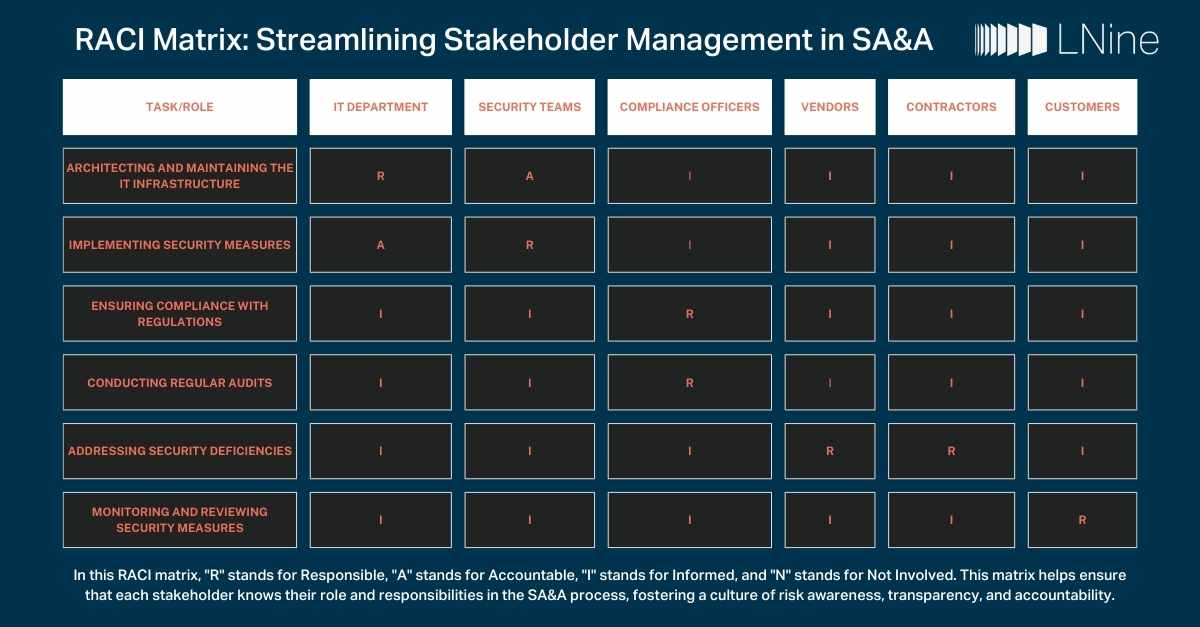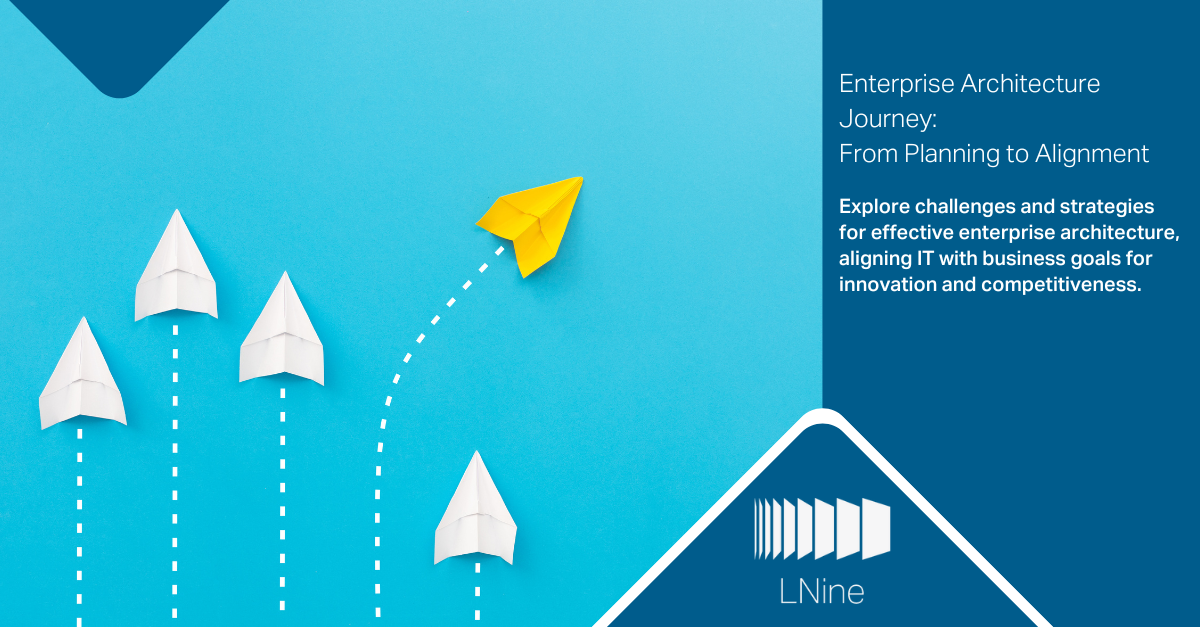Completely getting rid of technical debt may not be possible as new software systems and features will always be added over time and the codebase will continue to evolve and become more complex. Additionally, some degree of technical debt is often unavoidable as it can be a necessary trade-off to meet immediate business needs or to deliver new features quickly.
Latest Posts
- Cloud Transformation
- Modernization
- Authority to Operate
- cloud migration
- optimization
- Canadian Federal Government Contracting
- HIPAA
- Operational Excellence
- Security Assessment and Authorization
- Canadian Federal IT
- Cloud FinOps
- Cloud Management
- Cybersecurity
- Enterprise Architecture
- Information Management
- Canadian Federal Government employment
- Canadian Federal Government jobs
- Technical Debt
- Procurement Processes
- Technical debt in federal government
- Technical discussion
- AWS
- Canadian Federal Government resume
- Federal Government Staffing
- Microsoft
-
RECOMMENDATION

RACI Matrix: Streamlining Stakeholder Management in SA&A
The RACI matrix is a valuable tool for organizations to effectively manage the SA&A process, ensuring that all stakeholders are aligned and accountable for the security...

From Risk to Resilience: Exploring ATO and SA&A in Modern Cybersecurity
Welcome to our 4-part blog series covering the intricate process of the Authority to Operate (ATO) and the key considerations for the Canadian government. In this...

Enterprise Architecture Journey: From Planning to Alignment
Embarking on the EA journey requires careful planning and execution. Organizations must assess their readiness for EA adoption, establishing a cross-functional team that...

A Deep Dive into AWS, Azure & Third-Party Tools for Cloud FinOps
With the rise of cloud computing, cloud billing and FinOps tools have proliferated to help manage cloud costs. In this blog post, we will compare and contrast the...